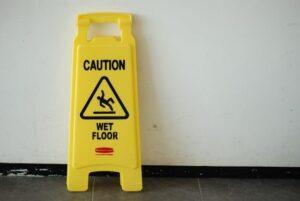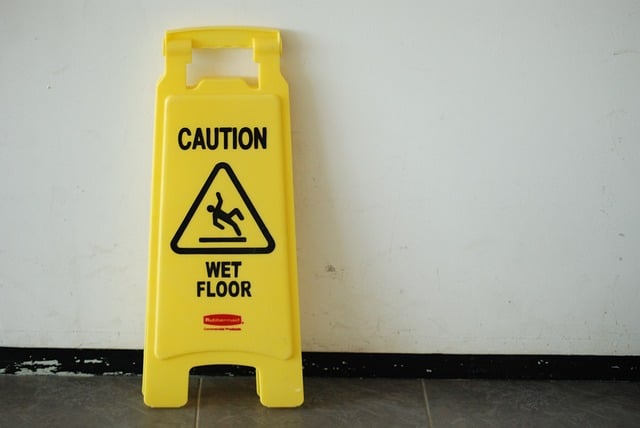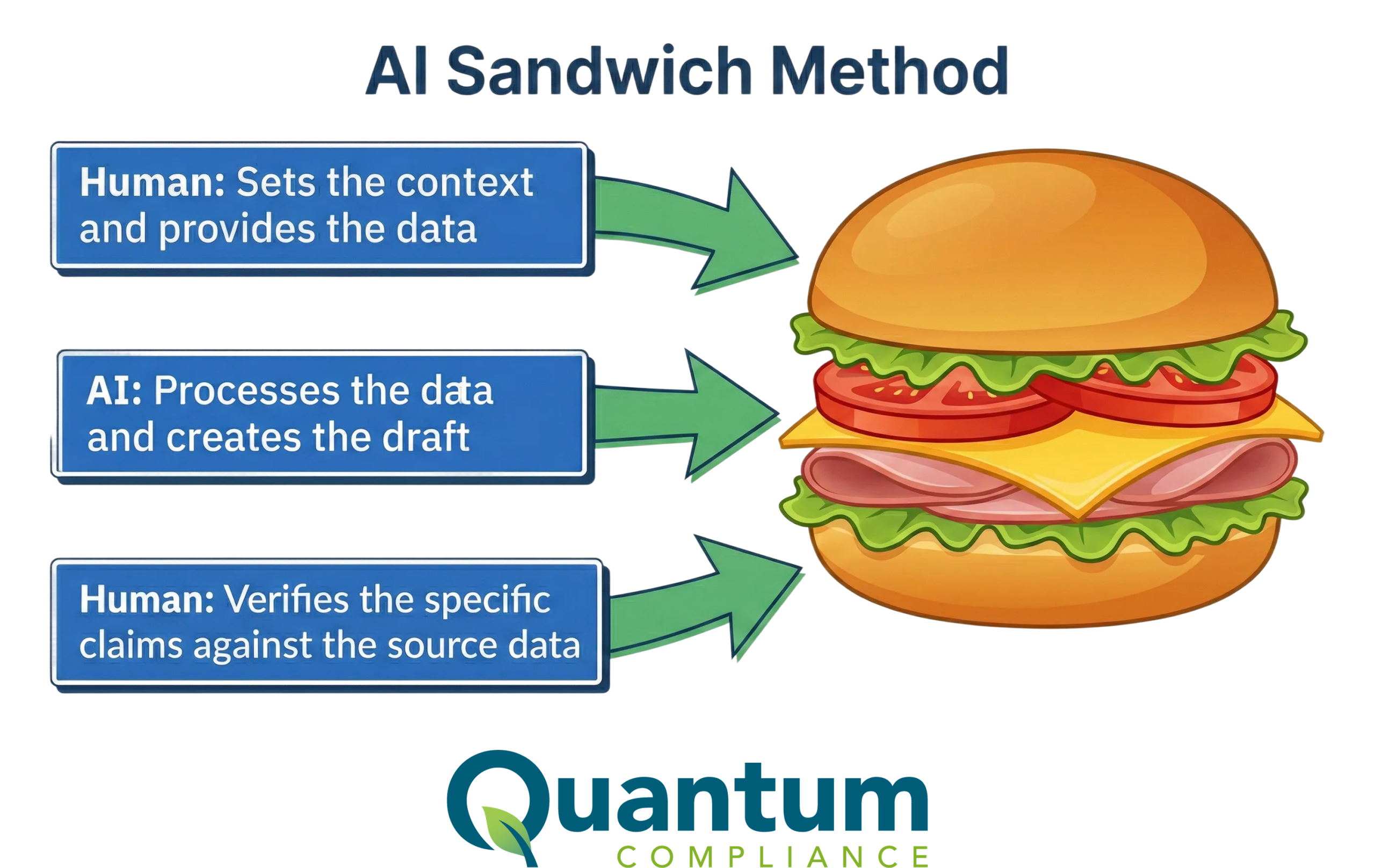 A recent study shows that slips and falls account for about 16% of all occupational injuries in the United States. By that measure, simple gravity and carelessness cost American businesses over $11 billion per year in worker’s compensation. We can’t do anything about gravity for the time being, but we can give you some advice so you and your workers can be more careful in the future.
A recent study shows that slips and falls account for about 16% of all occupational injuries in the United States. By that measure, simple gravity and carelessness cost American businesses over $11 billion per year in worker’s compensation. We can’t do anything about gravity for the time being, but we can give you some advice so you and your workers can be more careful in the future.
1. Install Safety Railings
Suggesting safety railings has got to be the most clichéd piece of safety advice out there. Don’t let that fool you though, these things are an absolute necessity for preventing falls. Aside from the long-standing expert consensus on their usefulness, OSHA tends to fine employers a lot of money when they notice a lack of safety rails. If two floors are separated by four or more feet, there really should be a safety railing between them.
2. Keep the Work-Space Clear
A major cause of falls in the workplace is tripping on equipment and supplies that were improperly stored. A common example of this would be a power chord for a tool left out on a worktable; if a worker doesn’t see it, they might trip on it and fall. Even when workers are aware of potential trip hazards, walking around them can make them more susceptible to slipping and falling on another unseen hazard. Make sure employees store equipment on shelves (or at least well away from any walkways) while not in use.
3. Ensure Workers Can See
This might seem obvious, but a common cause of workplace slips and falls is obstructed vision. Often times, employees cannot see where they’re going due to low light or obstructed line of sight. Discourage workers from carrying objects too tall to see over, and make sure your workplace is well-lit in order to prevent falls.
4. Inform Employees of Hazardous Areas
Wherever practical, workers should be discouraged from walking in areas where the floor is slippery or uneven. If your workplace has a section of the floor that is uneven or slippery, try to correct that as soon as possible. In the meantime, post signs around the hazardous area to inform workers of the potential fall hazard.
5. Track and Report Fall Incidents
The best way to prevent falls is to know where they are most likely to happen, and correct the problem before a serious incident occurs. Many of these spots can be identified with common sense, but fall hazards can be subtle too. For completely preventing falls, both managers and workers should carefully report and track any fall or slip, even if nobody was injured. By collecting this data, you can identify weak spots in your fall prevention system, and correct the problem before anyone gets hurt.








